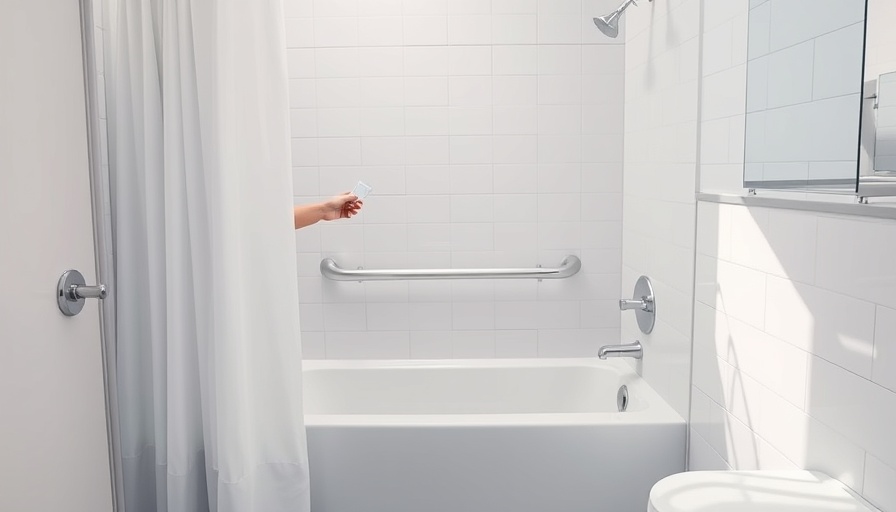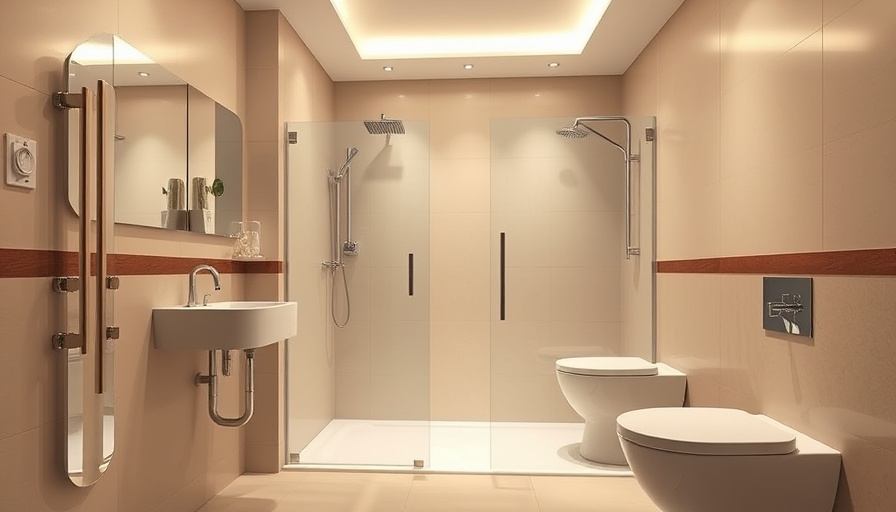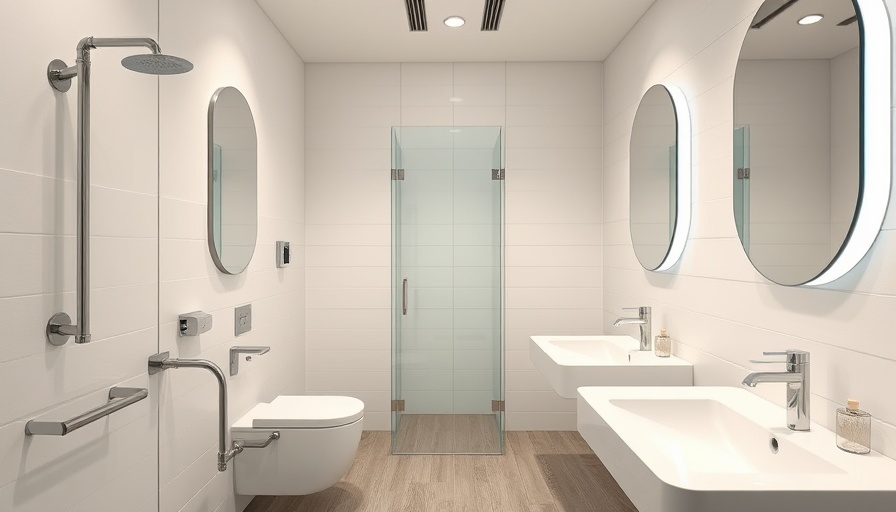
Aging-In-Place: Prioritizing Elderly Safety in Bathroom Design
As families in Toms River navigate the intricate pathways of caring for elderly loved ones, ensuring safety in the bathroom emerges as a critical concern. The bathroom, frequently cited as a hotspot for accidents, holds particular risks for seniors. With slips, trips, and falls being prevalent, understanding how to mitigate these dangers is essential for fostering independence while maintaining safety.
Identifying Common Hazards: The First Step to Safety
Hearing about accidents in the bathroom is more than troubling; it can serve as a wake-up call for families. Assessing common hazards is the first key step in creating a safer bathroom environment. Wet floors, slippery surfaces, and inadequate lighting contribute significantly to fall risks. Research shows that a high percentage of elder injuries occur in the bathroom, making it imperative for families to carefully analyze their bathroom settings and identify potential threats. By addressing these hazards through thoughtful modifications, families can greatly reduce risk and promote a secure atmosphere.
Implementing Safety Features: Practical Solutions for Families
Once hazards are identified, implementing key safety features can make a transformative difference. One particularly effective solution is the installation of grab bars. Placed strategically in the shower and near toilets, these supportive bars offer essential stability, allowing seniors to navigate with confidence.
Additionally, incorporating non-slip mats both inside and outside the bathtub or shower area significantly diminishes the likelihood of slips. Opt for mats that efficiently absorb moisture, further decreasing traction issues. Don’t overlook the role of lighting, either; ensuring well-lit spaces can greatly enhance visibility, minimizing the chance of a serious fall.
Innovative Accessories: The Future of Bathroom Safety
Embracing innovation can enhance bathroom safety and elevate the overall experience for seniors. For instance, wall-mounted shower seats have become invaluable. These seats allow seniors to rest comfortably while bathing, effectively reducing fatigue and improving balance. Accessories like handheld showerheads, which can be controlled easily while seated, empower seniors by giving them autonomy over their bathing experience and minimizing the risk of slips.
Moreover, adjustable bathroom fixtures, such as sinks and showerheads tailored to suit individual needs, can cater to unique mobility challenges. These modifications demonstrate how thoughtful bathroom design can directly contribute to the well-being of older adults.
The Benefits of Proactive Bathroom Safety Measures
The importance of proactive bathroom safety measures cannot be overstated. Not only do these approaches reduce risks of accidents, but they also foster feelings of independence and confidence among seniors. By creating an environment where elderly individuals can comfortably navigate their bathing routine, families in Toms River can provide peace of mind.
Furthermore, implementing safety considerations fosters a sense of agency for seniors, thereby boosting their emotional well-being. It is crucial for families to see the profound impact of these modifications on their loved ones’ lives—beyond mere safety; it’s an investment in dignity and quality of life.
Embracing Community Resources and Support
Toms River families are not alone in this journey. There are numerous local resources available that can assist in making informed decisions about bathroom safety modifications. Consulting with local safety experts or organizations specializing in aging-in-place solutions can provide tailored advice and further educate families on how to adapt their homes effectively.
By actively engaging with community resources, families can ensure they're equipped with the best tools and strategies to foster a safe living environment for their beloved seniors.
In conclusion, ensuring the safety of our elderly loved ones in the bathroom is paramount. By understanding common hazards, implementing effective safety features, and utilizing innovative accessories, families can create secure surroundings conducive to independence. Don’t wait for an accident to happen—take the proactive steps necessary to protect your family member today.
For families in Toms River, the journey to bathroom safety is one of care, commitment, and compassion. Embrace these solutions and advocate for a safer, more accessible living space for your loved ones.
 Add Row
Add Row  Add
Add 




Write A Comment